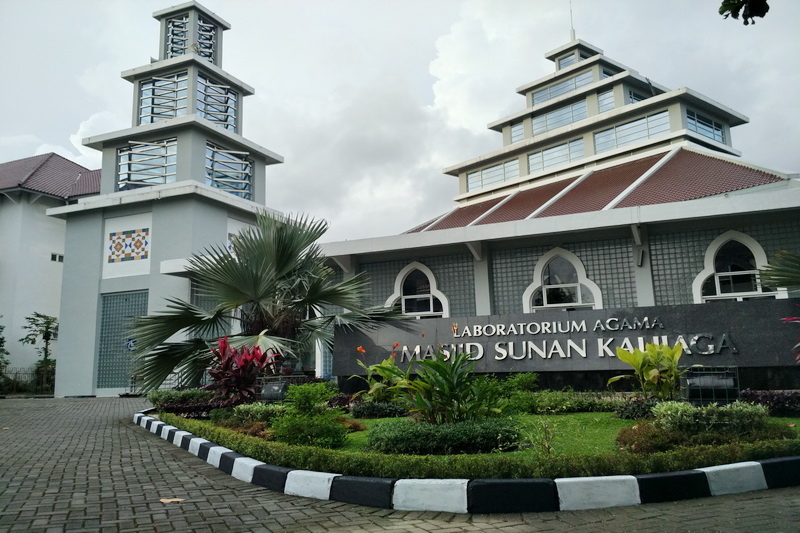Getting to Know Religion Better: The Fate of Religion in the Age of Industrial Revolution 4.0

By: Slamet Makhsun*)
This paper is the minutes of the webinar Discussion the Series #3 HMPS SAA Sunan Kalijaga State Islamic University, on Friday April 9, 2021, with the speaker H. Ahmad Muttaqin, S.Ag., M.A., Ph.D.*)
History records that institutionalized religion has shown a tendency to carry two extreme attitudes: tendencies that are 'mystical' and individual on the one hand, and legalistic and organizational on the other. Authentic religious individuals with deep understanding will be able to integrate these tendencies with ease. Those who cannot, on the other hand, will fall into the idolatry of religious institutions.
It is true that a religion needs institutions to regulate its activities and dynamics. However, this is precisely what will slowly monopolize and make it the highest authority. The interpretations of God's words will only be controlled by a handful of people in the institution's circle. If there are other interpreters who disagree with them, then certainly there will be segregation and in the end will be labeled heretical. Bid'ah.
Such a religious institution will claim that the basic revelation is complete, perfect and eternal. Criticism of religious teachings and texts will stagnate. Religion has nothing to learn anymore. The lexicon will push it into a position that is destructive, resistant to change, conservative, anti-intellectual, and anti-science. As well as the faith embraced by its adherents, resulting in absolute obedience and blind loyalty without knowing why.
In addition to these religious institutions that are getting worse, there are also various scientific activities that on the horizon become 'enemies' of religion. Such science considers itself independent and free from any moral ethical values. For them, if science is still controlled by the value of moral ethics cum religion, then it is like a horse that gets a strong bridle. It just stands still and stands in place.
Science and religion have been so narrowly understood, so compartmentalized and so exclusively separated from each other. They are seen as magnetic poles that repel each other. In short, this separation allowed science in the 19th century to become mechanistic, positivistic, reductionistic, and too eager to be value-free. Science misunderstood itself as having nothing to say about ultimate goals or ultimate spiritual values.
Such an attitude has given birth to various immoral technological 'monsters'. Look at what Nazi doctors did in detention camps, the holocaust, the bombing of Hirosima and Nagasaki, and other immoral crimes. Science like this will stagnate as a collection of mere instruments, becoming tools that do nothing except being used by any human being for any purpose, whether good or evil.
Then what is the solution to the above problems? The final conclusion that can be drawn is how to integrate religion and science. Both must be intertwined and balanced. That science must be directed towards the ultimate values that religion teaches. That is, towards humanist dynamics and benefits for humans. In turn, this will lead humans to great values that become the guide and purpose of life.
Science and religion, at least, are seen as part of the effort to produce good humans, as a means to encourage the creation of civilized life and society. To ignore this is to ignore reality and human needs in the future. Furthermore, science that does not touch on the morality aspect of religion is science that does not convey anything important about the meaning of life. Conversely, a religion that does not embrace science at all will only create new 'idols' that will enslave people in the name of 'God'.
If you have successfully compared religion and science, then religious believers can pass the industrial revolution 4.0 well. In fact, no matter how many revolutions, humans will be ready to go through. Religion and science have been realized as a guide for human life. Science has a material dimension, while religion has a moral dimension. They are like two sides of a coin, inseparable, intertwined, and in need of each other.
*) H. Ahmad Muttaqin, S.Ag., M.A., Ph.D., Lecturer of Religious Studies Program at Sunan Kalijaga State Islamic University Yogyakarta
*) Slamet Makhsun, Secretary of HMPS SAA for the period 2020/2021
